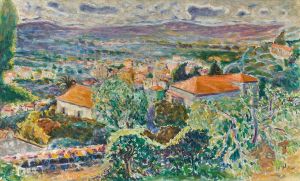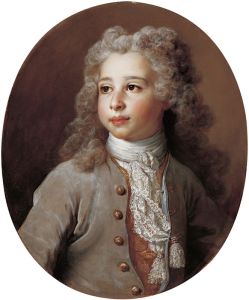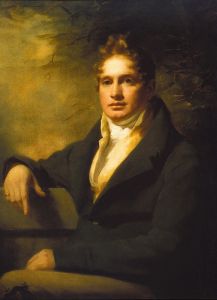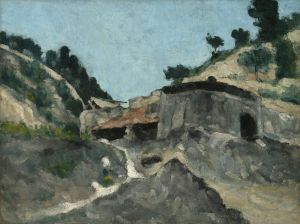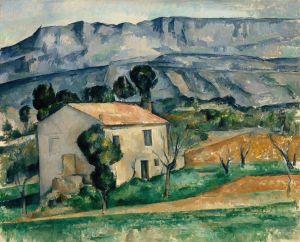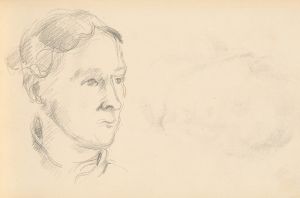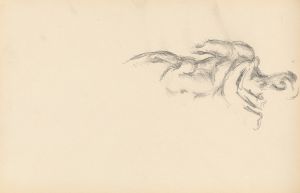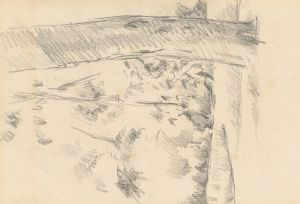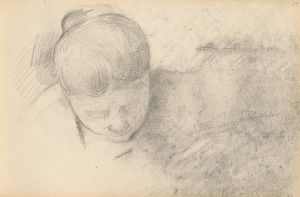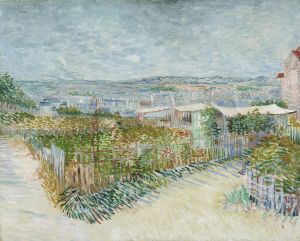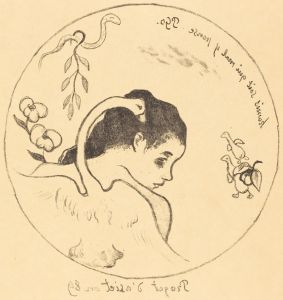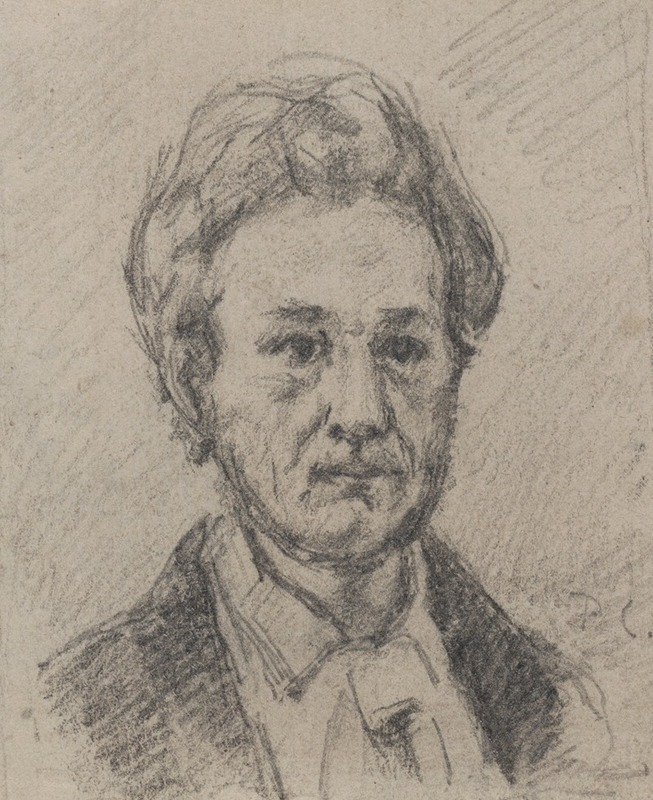
Portrait de Monsieur Chocquet
A hand-painted replica of Paul Cézanne’s masterpiece Portrait de Monsieur Chocquet, meticulously crafted by professional artists to capture the true essence of the original. Each piece is created with museum-quality canvas and rare mineral pigments, carefully painted by experienced artists with delicate brushstrokes and rich, layered colors to perfectly recreate the texture of the original artwork. Unlike machine-printed reproductions, this hand-painted version brings the painting to life, infused with the artist’s emotions and skill in every stroke. Whether for personal collection or home decoration, it instantly elevates the artistic atmosphere of any space.
"Portrait de Monsieur Chocquet" is a painting by the French Post-Impressionist artist Paul Cézanne. This artwork is a notable example of Cézanne's portraiture, showcasing his distinctive style that bridges the gap between 19th-century Impressionism and the early 20th century's new line of artistic inquiry, Cubism.
Paul Cézanne, born on January 19, 1839, in Aix-en-Provence, France, is often referred to as the father of modern art. His innovative approach to form, color, and composition had a profound influence on the development of modern art. Cézanne's work laid the groundwork for the transition from the 19th-century conception of artistic endeavor to a radically different world of art in the 20th century.
The subject of the painting, Victor Chocquet, was an important figure in the art world during the late 19th century. Chocquet was a customs official and an avid art collector who played a significant role in supporting and promoting the works of contemporary artists, including Cézanne, Pierre-Auguste Renoir, and Claude Monet. His patronage was crucial for many artists who struggled to gain recognition during their lifetimes.
"Portrait de Monsieur Chocquet" was painted around 1876-1877, a period when Cézanne was refining his technique and exploring new ways to depict his subjects. The painting captures Chocquet in a seated pose, exuding a sense of calm and introspection. Cézanne's use of color and brushwork in this portrait is particularly noteworthy. He employs a palette of muted tones, with subtle variations in color that create a sense of depth and volume. The brushstrokes are deliberate and methodical, reflecting Cézanne's meticulous approach to capturing the essence of his subject.
Cézanne's portraits are often characterized by their psychological depth and the artist's ability to convey the inner life of his sitters. In "Portrait de Monsieur Chocquet," Cézanne achieves this through his careful attention to the details of Chocquet's face and posture. The painting reveals Chocquet's thoughtful demeanor and his quiet confidence, qualities that likely endeared him to the artists he supported.
The relationship between Cézanne and Chocquet was mutually beneficial. Chocquet's support provided Cézanne with the financial stability and encouragement he needed to continue his artistic experiments. In return, Chocquet acquired several of Cézanne's works, which he cherished and displayed in his collection. This portrait is a testament to their friendship and the important role that patrons like Chocquet played in the careers of avant-garde artists.
Today, "Portrait de Monsieur Chocquet" is recognized as an important work in Cézanne's oeuvre. It exemplifies his innovative approach to portraiture and his ability to capture the essence of his subjects with a unique blend of realism and abstraction. The painting is held in high regard by art historians and continues to be studied for its technical and artistic merits.
In summary, "Portrait de Monsieur Chocquet" by Paul Cézanne is a significant work that highlights the artist's skill in portraiture and his relationship with one of his key patrons. The painting remains an important piece in the history of modern art, reflecting the profound impact of Cézanne's work on the development of 20th-century artistic movements.





